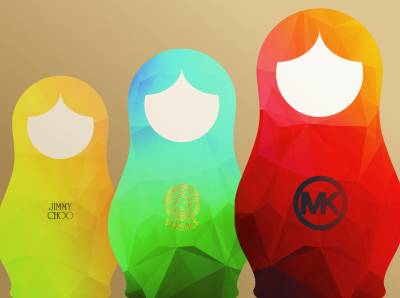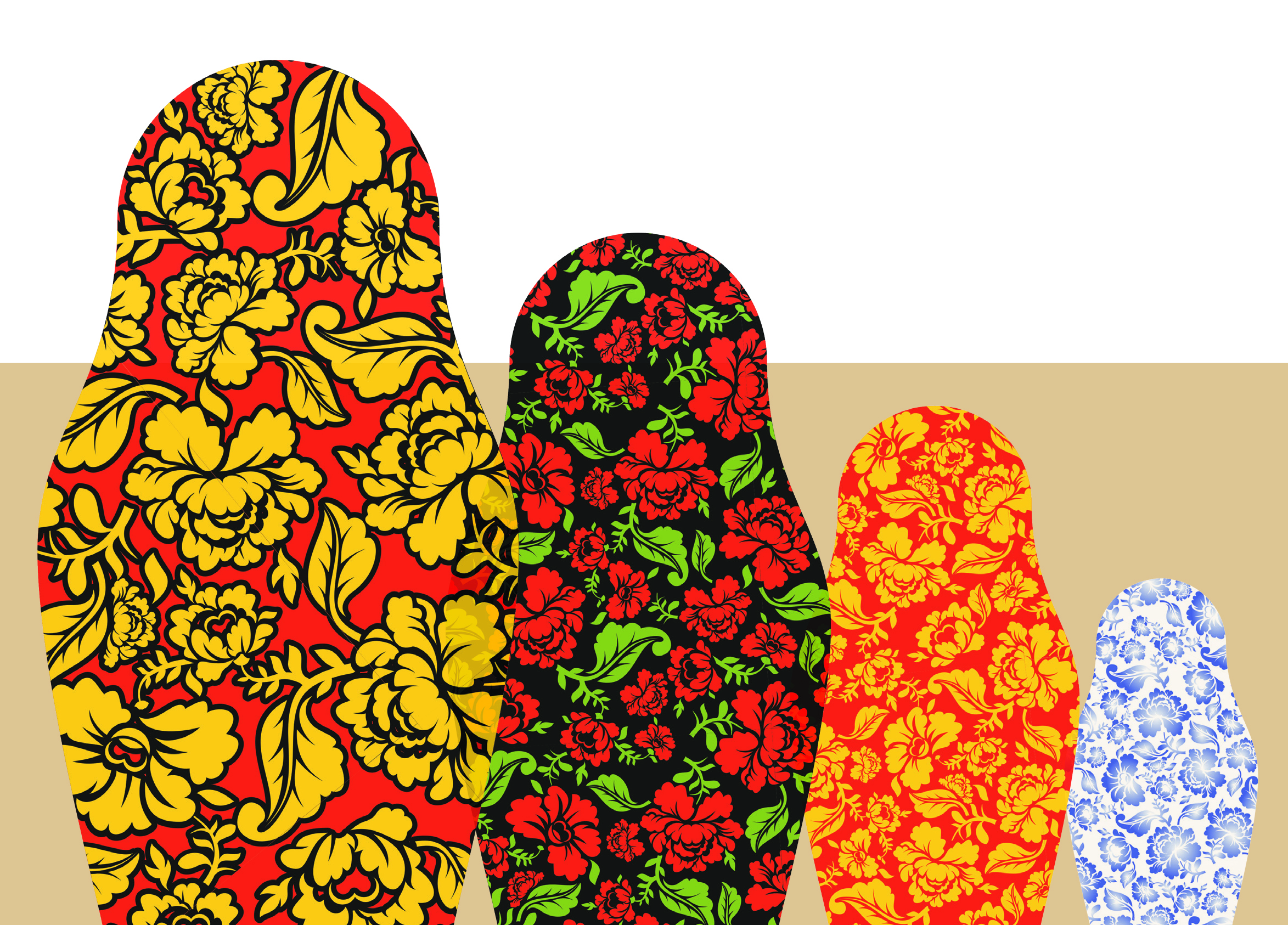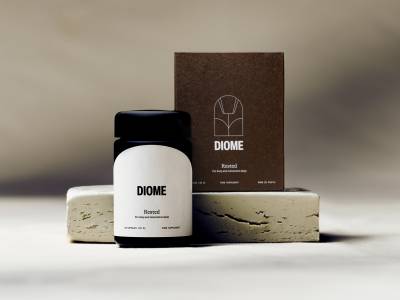The world’s luxury houses rely on wealthy consumers to shop. And over the past few years they have been doing just that. The luxury sector grew by five per cent in 2017 to reach a total value of €1.2tn, according to research from management consultants Bain & Co.
But now it’s the luxury companies themselves that are going shopping — and they’re spending more than even their wealthiest customers. After years of occasional mergers and acquisitions (M&A) the luxury market has entered a new period of activity. Michael Kors, for instance, has agreed to buy Versace for €1.83bn, having recently also acquired Jimmy Choo.
Meanwhile, a private equity house has bought a chunk of Missoni, ending years of exclusive family ownership, while Trussardi has sold a majority of its shares to asset management company QuattroR, Dries van Noten has sold a majority stake to Puig and Ermenegildo Zegna has acquired 85 per cent of preppy US brand Thom Browne.







